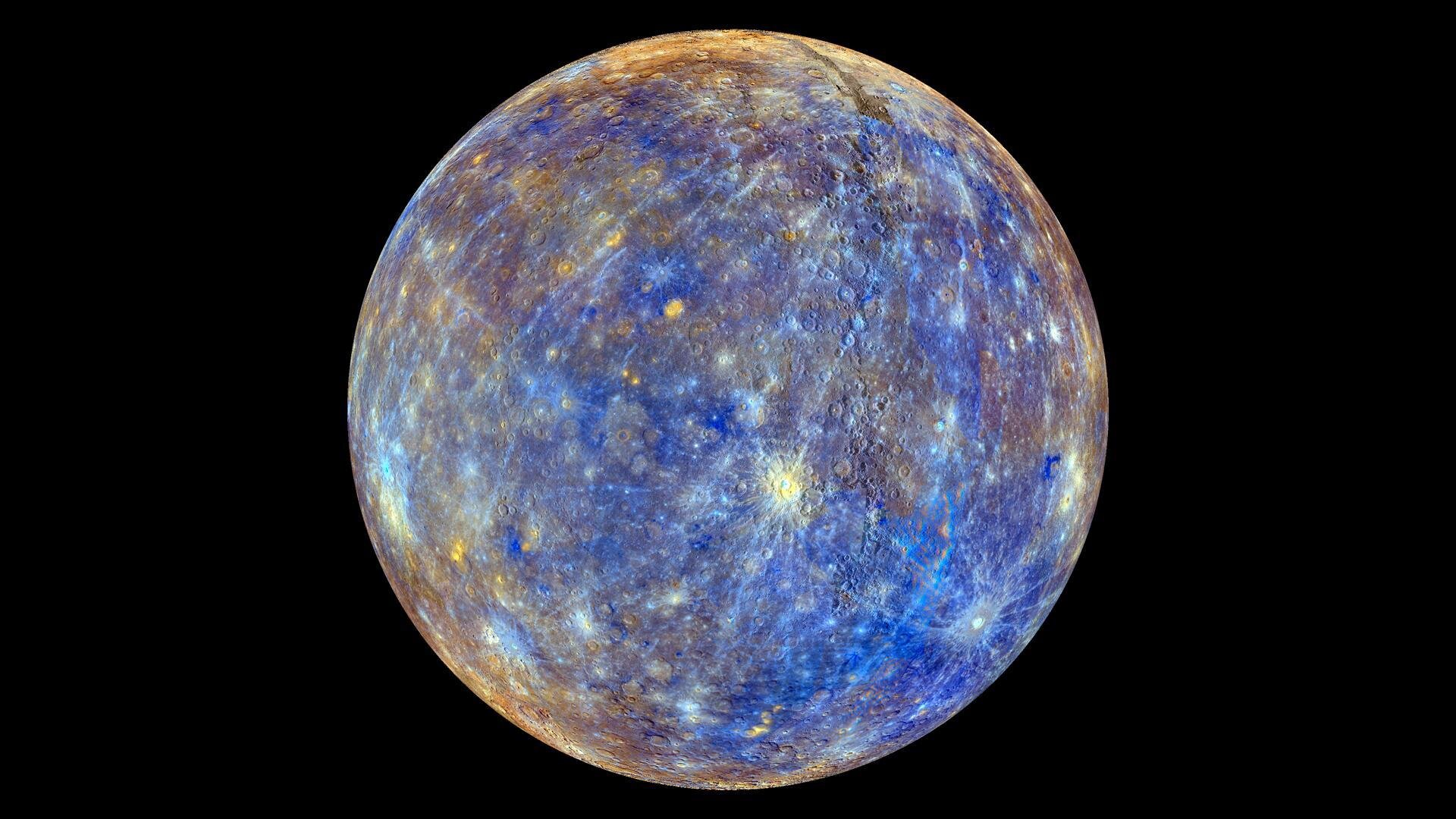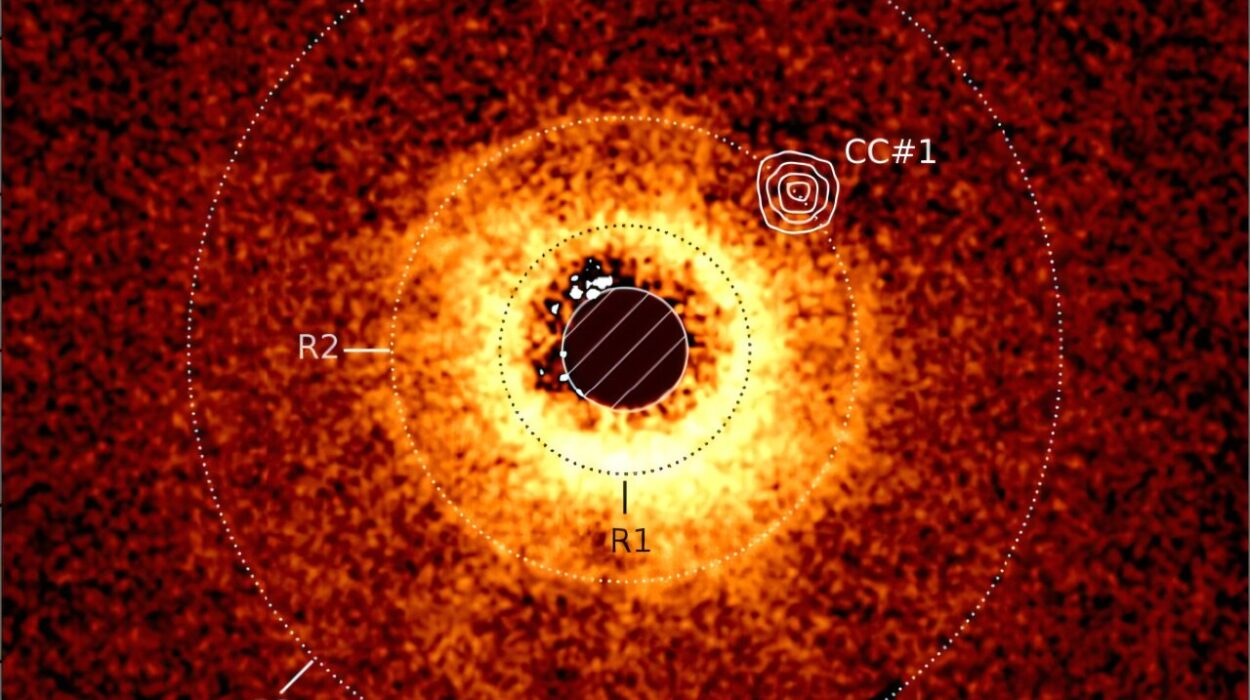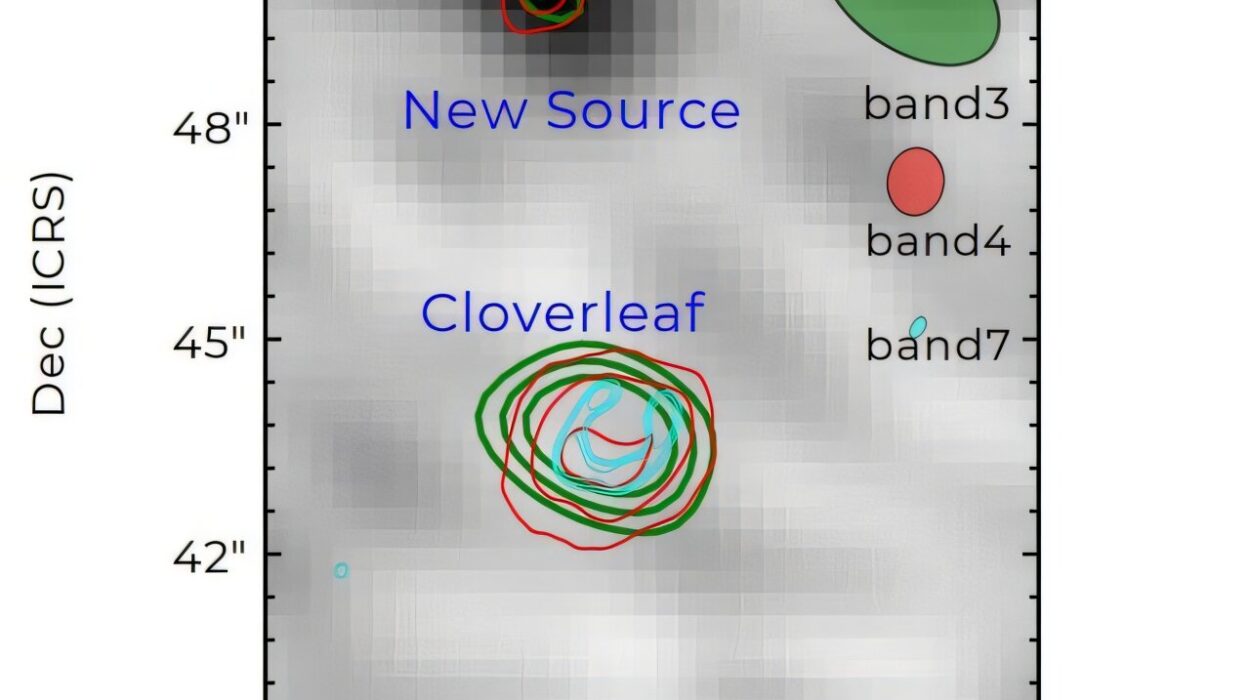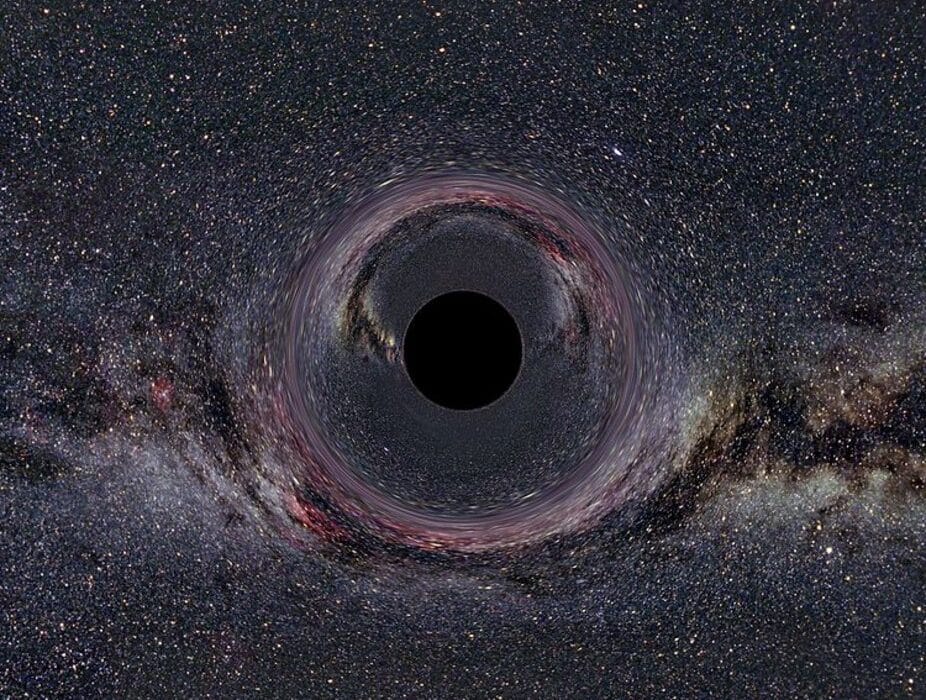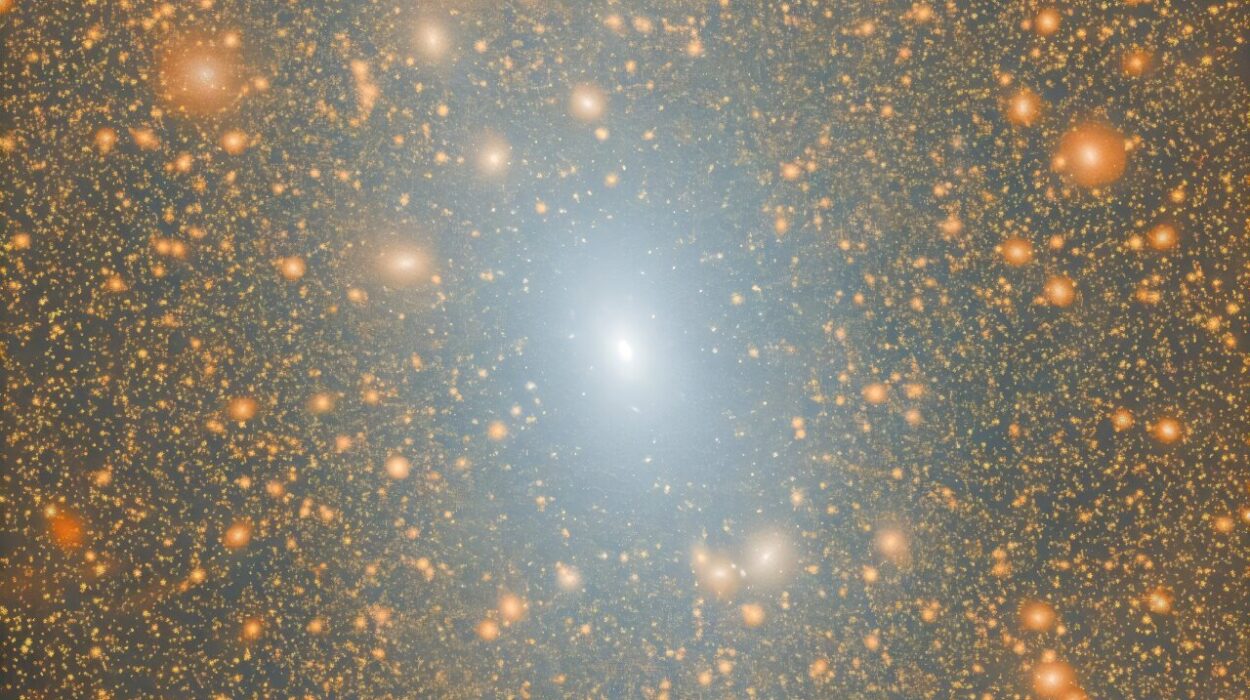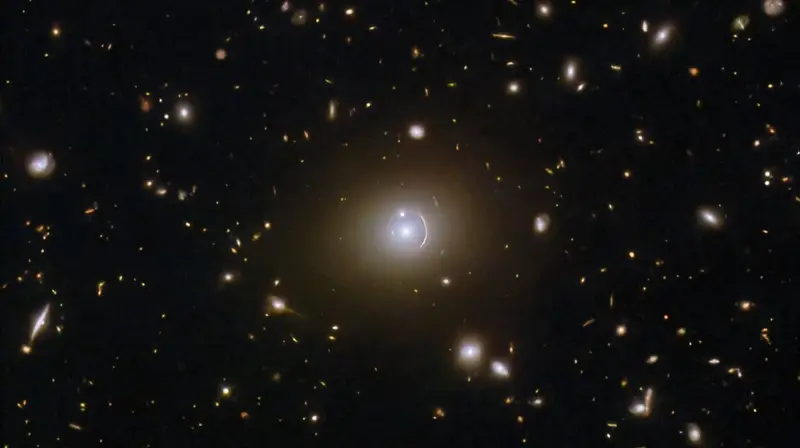Mercury is a world of contradictions. Scorched by the sun, yet cloaked in ancient volcanic flows. The smallest planet, but one with an oversized metallic heart. A world thought too quiet to carry a magnetic field, yet still whispering faint electromagnetic signals from deep within. For a planet that often gets overlooked, Mercury is beginning to speak volumes—and scientists are listening more closely than ever.
At the center of this cosmic detective story is experimental geophysicist Anne Pommier of Carnegie Science’s Earth and Planets Laboratory (EPL). In a recent Neighborhood Lecture, she pulled back the veil on Mercury’s elusive nature, taking the audience on a journey through decades of planetary research, cutting-edge experiments, and a tantalizing new mission poised to rewrite everything we know about this enigmatic world.
A Planet That Refuses to Behave
When we look at Mercury, it’s easy to underestimate it. At just over 3,000 miles wide, it’s barely bigger than our moon. It zips around the sun every 88 Earth days, and its days stretch longer than its years. Temperatures swing from a blistering 800°F in daylight to minus 290°F at night. But it’s Mercury’s inner makeup, not its surface extremes, that truly baffles planetary scientists.
“Mercury is just… off,” Pommier explained. “It’s got this massive core—about 60 percent of its volume, compared to Earth’s 15 percent. Its surface rocks are nothing like ours. And yet, it still has a magnetic field. That shouldn’t be possible for a planet so small and old.”
The questions around Mercury’s formation have lingered for over a century. Even as far back as 1903, scientists at Carnegie were calling for more observations. Over the years, curiosity became investigation. George Wetherill predicted its cratered landscape before we ever saw it. Then, in the 2000s, Carnegie scientist Sean Solomon led NASA’s MESSENGER mission—the first to orbit Mercury—revealing a complex planet wrapped in unanswered questions.
But even MESSENGER, with all its discoveries, could only scratch the surface.
Only Two Visits—And a Universe of Questions
For a world so close to the sun, Mercury has remained frustratingly out of reach. Only two spacecraft have visited: Mariner 10 in the 1970s and MESSENGER in the 2000s. Together, they painted a portrait of a planet as alien as any deep-space world.
MESSENGER discovered chemical signatures of unexpected elements—especially sulfur—suggesting that Mercury’s surface formed under intensely oxygen-starved conditions. It also detected magnetic anomalies, smooth volcanic plains, and a gravitational field hinting at a complex internal structure. But each answer only raised more questions.
Where did all the rock go, leaving Mercury so metal-heavy? Why does its surface chemistry differ so radically from Earth’s? And how does a world with such a thin shell of convection still power a magnetic field?
“We’re missing key pieces,” said Pommier. “We need more data, more experiments, more models—only then can we see which origin story makes the most sense.”
Mercury’s Next Visitor: BepiColombo
In 2025, that missing data may begin to arrive. The European-Japanese mission BepiColombo is currently racing toward Mercury. Once in orbit, it will deploy two spacecraft to study the planet’s surface, magnetic field, and—most crucially—its chemistry and electrical conductivity.
“This mission could revolutionize what we know,” Pommier said with visible excitement. “It’ll tell us how Mercury conducts electricity, how its interior behaves, and what kind of rocks it’s really made of.”
But raw spacecraft data is only part of the puzzle. Interpreting those readings requires something even harder to get: a deep understanding of how Mercury-like materials behave under Mercury-like conditions. That’s where Pommier’s lab comes in.
Recreating Mercury—One Atom at a Time
In the sterile, high-tech confines of the EPL lab, scientists are simulating a world unlike any on Earth. They’re building lava from scratch, bonding molecules that never naturally occur here, and subjecting them to temperatures and pressures that mimic the heart of Mercury itself.
“Mercury is incredibly reduced,” Pommier said—referring to its oxygen-poor chemistry. “It’s rich in sulfur and metals that behave very differently than they do on Earth. So we had to build materials from the ground up to match that unique environment.”
Using MESSENGER’s data as a guide, Pommier’s collaborators created synthetic glasses—simulated volcanic rocks—and examined them with a suite of advanced tools like Raman spectroscopy, electron microscopy, and nuclear magnetic resonance (NMR).
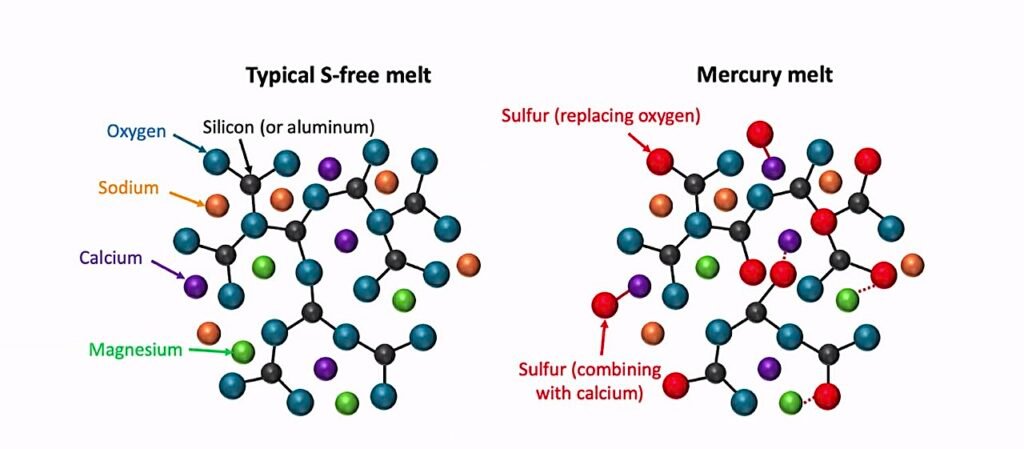
What they found was striking. Instead of the silicon-oxygen chains that give Earth lava its stickiness, Mercury’s lavas formed through silicon-sulfur bonds—shorter, more broken chains. This fundamental change made Mercury’s lava flow more like pancake syrup than tar.
“It could explain those wide, flat volcanic plains we see,” said Pommier. “The lava would have spread out much more easily. It’s a reminder that something as small as a sulfur bond can reshape a planet’s entire surface.”
The Heartbeat of a Tiny World
Then there’s Mercury’s magnetic field—weak but persistent, and very unexpected. For a planet so small, with such a thin outer shell, the presence of an active dynamo (the mechanism that generates a magnetic field) has long puzzled scientists.
To dig deeper, Pommier teamed up with Christopher Davies in the U.K. to simulate Mercury’s core evolution across billions of years. They ran thousands of models, tweaking variables and mapping outcomes. Only a narrow window of scenarios matched both the modern magnetic field and the ancient crustal magnetization MESSENGER had recorded.
The conclusion? Mercury likely has a slowly solidifying inner core and a shrinking layer of molten metal on the outside that’s just enough to power a weak magnetic field.
“The convecting part of the outer core is probably getting thinner and thinner,” Pommier explained. “That might be why the field is so faint now.”
It’s a sobering picture: a planet slowly winding down, its magnetic heartbeat fading with time.
From Distant Worlds to Earthly Impact
At first glance, this might seem like pure academic science—esoteric details about an alien planet most of us will never see. But as EPL Director Mike Walter pointed out, the techniques and tools developed to understand Mercury ripple far beyond planetary science.
The high-pressure presses, thermal modeling, and chemical simulations used in Pommier’s lab have applications in energy research, semiconductor development, and materials science. In short, by trying to understand how Mercury works, scientists are also learning how to build better technologies here on Earth.
“Basic research leads to discoveries that not only tell us about Mercury,” Walter said. “They also create innovations that shape the real world.”
The Exoplanet Next Door
There’s another reason Mercury matters. As astronomers discover more rocky exoplanets—some orbiting stars hotter than our sun—Mercury becomes more than a curiosity. It becomes a reference point. A strange, metal-rich, high-temperature planet that defies easy categorization.
“In a way, it’s like an exoplanet in our own backyard,” Pommier said. “It’s close enough to study in detail, but alien enough to challenge our assumptions.”
The upcoming BepiColombo mission, combined with Pommier’s lab experiments, could finally give us the comparative data needed to make sense of other rocky worlds light-years away.
A Planet Worth Listening To
Mercury might be small, but it speaks with a voice shaped by fire, metal, and time. It’s a reminder that the universe rarely follows simple rules. That even in our solar system, the unexpected can hide in plain sight.
As we await the arrival of BepiColombo, the mystery deepens—and the excitement builds. For scientists like Anne Pommier, the road to understanding Mercury is paved with curiosity, persistence, and a deep respect for the unknown.
“The moment we get that new data, we’ll start making comparisons, running new experiments, building the next set of models,” she said. “That’s the beauty of science—it’s never really finished.”
And as Mercury inches closer to another moment in the spotlight, one thing is clear: the smallest planet may hold the biggest lessons yet.
